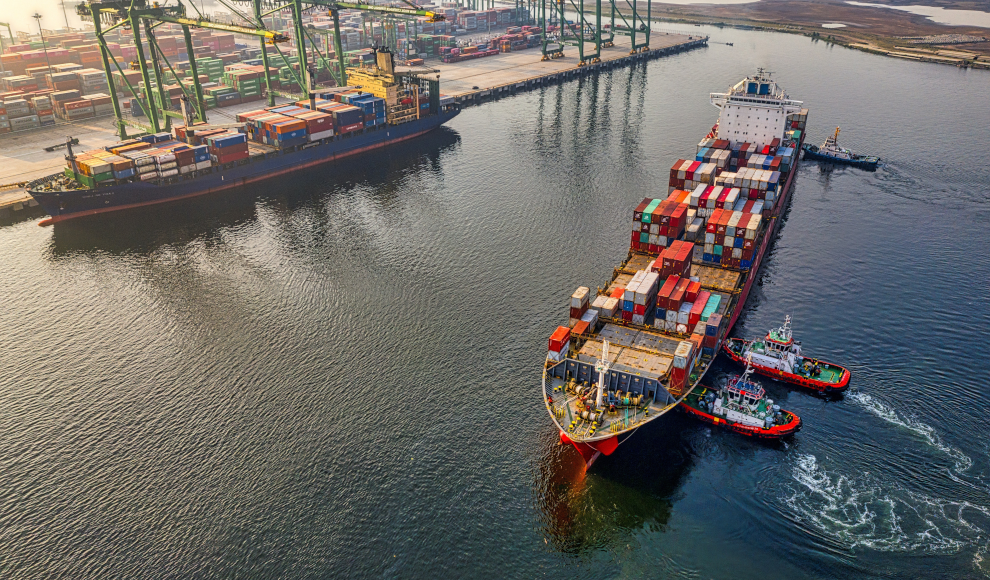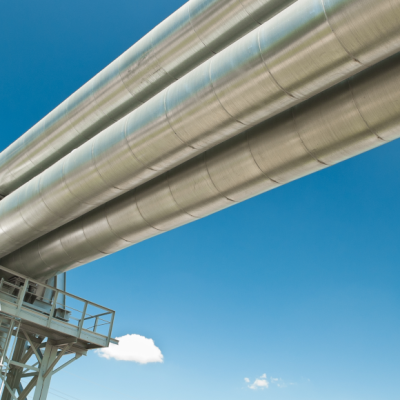The global trade industry is facing unprecedented challenges due to the Covid-19 pandemic and the ongoing conflict in Ukraine. According to a study by Allianz Global Corporate & Specialty SE (AGCS), the world’s trade ports are struggling to handle the volume of goods, leading to disruptions in supply chains that could last for months. The report highlights that the situation is particularly acute in Shanghai, the world’s largest port, which is currently under strict lockdown measures. The authors of the study warn that it is difficult to predict when normal operations will resume, as this will depend on the course of the pandemic and the actions of the Chinese authorities.
The study also reveals that the current freight capacity in the shipping industry is insufficient to meet demand, even without the added pressures of the pandemic and conflict. As a result, international shipping companies have ordered 7.5 million new containers to help alleviate the strain. However, this has led to the use of conventional cargo ships for container transport, as well as the extended use of older vessels and the neglect of maintenance schedules. The conflict in Ukraine has also created new risks for shipping, with civilian vessels in the Black Sea already suffering losses. The ongoing oil embargo against Russia is also seen as a potential threat to trade ships, as shortages of heavy fuel oil could force companies to use lower-quality fuels that could damage their vessels in the long term.
Despite these challenges, the study notes that total losses in the shipping industry have decreased over the past decade. However, the increasing size of container ships has made it difficult for ports to handle emergencies, as was seen in the case of the X-Press Pearl, which sank off the coast of Sri Lanka last year after a long fire. The ship was too large to dock at any nearby ports, highlighting the need for better emergency response measures in the industry. Overall, the study underscores the urgent need for greater investment in infrastructure and technology to ensure the resilience of global trade in the face of future crises.










